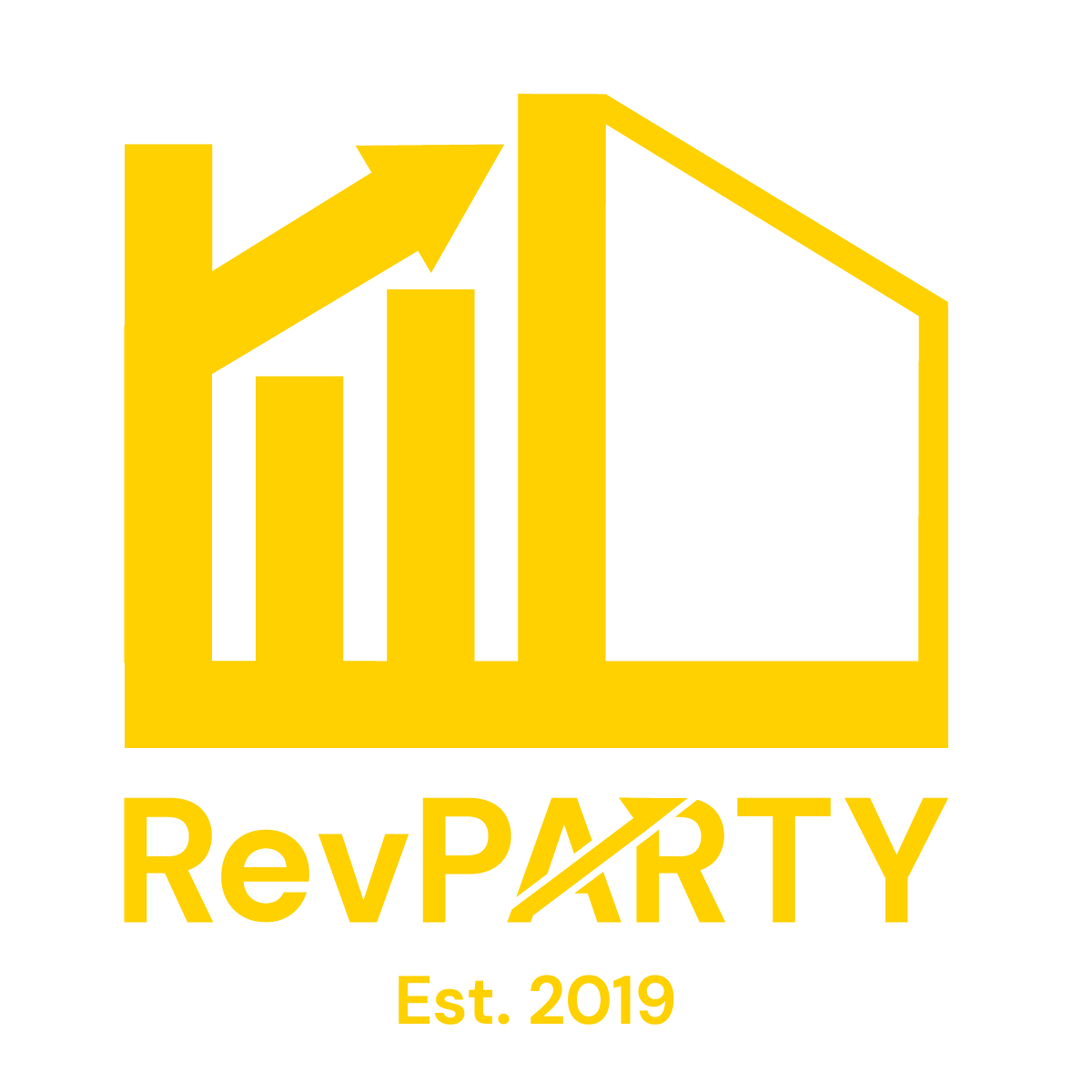Its common practice in the vacation rental industry to use a minimum length of stay (minLOS) as a booking restriction. Looking at how the industry developed it makes perfect sense.
For those renting a single room or single home that they personally own and operate the stakes are high. Often times, it doesn’t make sense to go through the hassle of hosting someone for short stays. The cost of cleaning, the effort in the pre-arrival and arrival communication, and the potential risk of damage is hard to justify for one night at low rates. But is it costing you?
How Minimum Length of Stay Lowers Demand
The number one search criteria on any sales channel (AirBnB, VRBO, HomeAway, Expedia, Booking.com, etc.) for lodging is date range availability. Even on your own website if a unit isn’t available for the specified date range then it won’t appear in the search results and, obviously, won’t be booked. Maximizing the unit’s availability ensures that it appears in more search results. This drives demand for a specified night up as more people compete for the same room. A 3 night minimum length of stay may only appear to 30% of those looking for a room on a particular stay date but a 2 night minimum length of stay is likely to be shown to 70% of those looking for a room on that night. That’s more than twice the opportunity to sell the night which can lead to higher rates and higher occupancy.
How Minimum Length of Stay Prevents Available Rooms from Being Booked
Have you tried dropping rates to drive occupancy but it just didn’t work? If you have a minimum length of stay then it could be preventing you from booking more rooms.
A common problem when a minimum length of stay is used is that certain available date blocks will be less than your minimum length of stay, essentially making them unbookable. Look at the availability below:
Availability Calendar
If this unit has a minimum length of stay of three nights then Monday and Tuesday will never book. No matter the price, the revenue will always be $0. Your occupancy has maxed out at 71%. By lowering the minimum length of stay to two nights, or even one night, then the rooms become sellable again and your revenue for the week increases.
In this isolated example it seems simple. However, when the unsold nights are randomly dispersed on months of calendars, on multiple OTAs, and mixed with availability that is actually bookable it can be harder to decipher. This could lead to the conclusion that the unit isn’t selling because it is priced too high and cause unnecessary price decreases. That’s revenue left on the table not only in unsold room nights but on rates that were too low for the nights that did sell.
How Hotels Do It
Hotels rarely use minimum length of stay restrictions. That may be a hint that doing so would leave money on the table. Sure, part of it is because they are operating multiple identical rooms; they have to sell more rooms and have more scheduling flexibility. But if having a minimum length of stay was an effective revenue management strategy why would they not use it all the time?
As it turns out, when hotels use it is exactly when vacation rentals should too:
- High demand periods
- When longer LOS is in high demand
Remembering the sales funnel above, having a minimum length of stay narrows the top of the funnel by limiting the number of search results the listing appears in. When there is a lot of demand for a given date, or just an increased demand for longer length of stays for that date, than a minimum length of stay doesn’t narrow the top of the funnel. More people are looking for longer stays and so the listing still gets the traffic it needs to book the rooms.
Using minimum length of stay works for compression events like city-wide festivals, huge events, or professional conferences. It also works when longer length of stays are in demand like weekends, holiday weekends, spring break, or multi-day events. Having a minimum length of stay for these time periods is likely to have a positive effect on your revenue as it doesn’t significantly decrease visibility and ensures you book as many days as possible.
Practical Takeaways for Vacation Rentals
One advantage vacation rentals have over traditional hotels is that they often can charge a cleaning fee. The cost per turn, or per reservation, is largely related to arrival and departure administration and cleaning the room. By charging a cleaning fee, vacation rentals offset their operational costs per stay. This means there isn’t as large of a trade-off between shorter stays and longer stays because the operational cost isn’t distributed across the rates, its covered by the fee. This cleaning fee is a major reason vacation rentals should consider removing standard length of stay restrictions.
Additionally, bookings closer to stay date tend to be shorter than those booked far in advance. An actionable compromise would be to decrease length of stay restrictions as you get closer to the stay date.
As a general strategy and great starting point:
- Use cleaning costs to offset additional costs of shorter bookings
- Avoid unnecessary length of stay restrictions
- Use length of stay restrictions around weekends and compression events or high demand periods
- Decrease minimum length of stay restrictions closer to the stay date
Length of stay restrictions closely interact with rates, competitive positioning, demand forecasting, and booking funnels and conversions. Using the recommendations above will provide a solid foundation from which to explore more advanced revenue management techniques. If you have any questions about how to take your inventory controls to the next level, how to implement them as part of an integrated revenue management strategy, or how it could apply to your business, RevPARTY is here to help.


